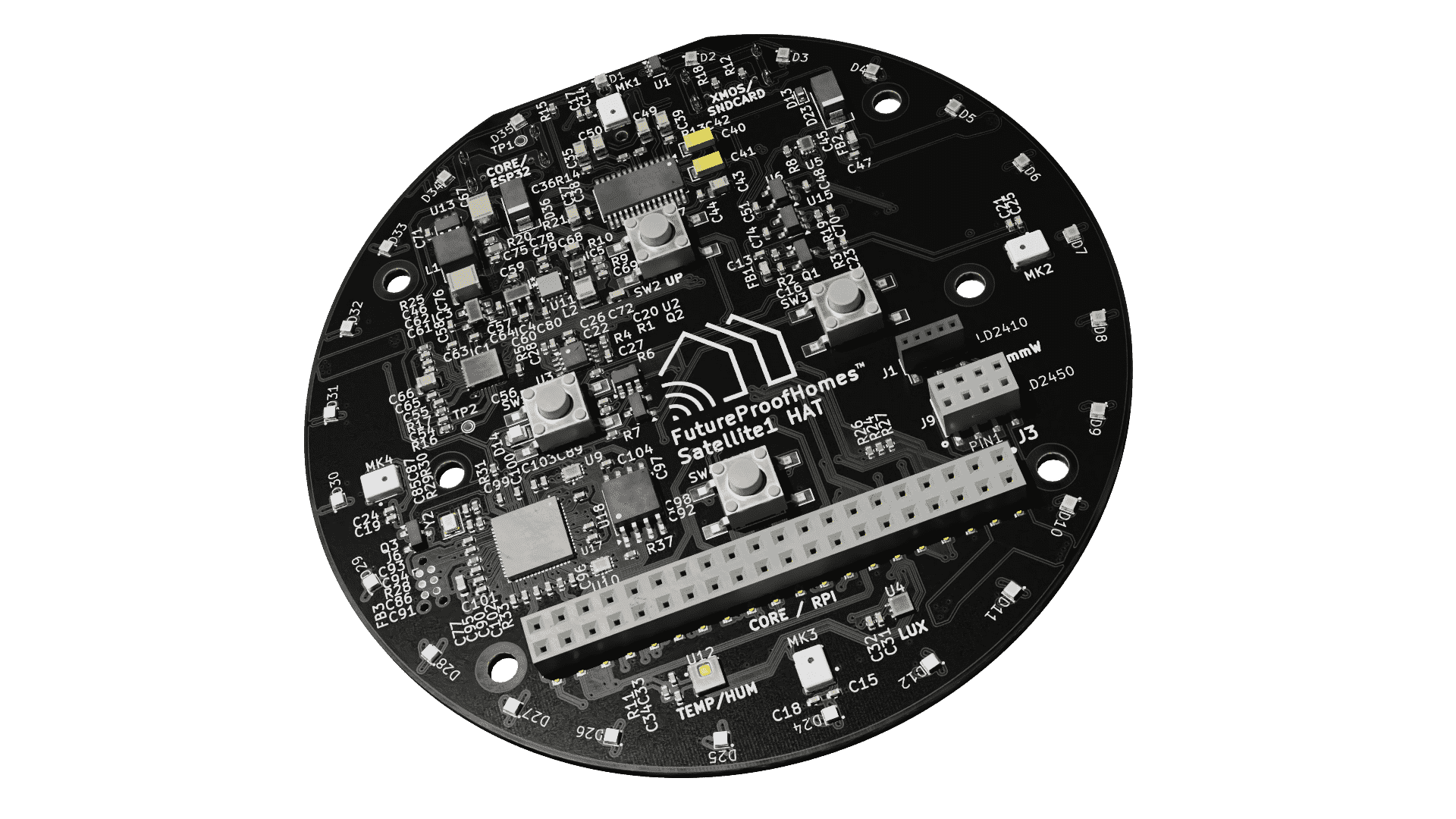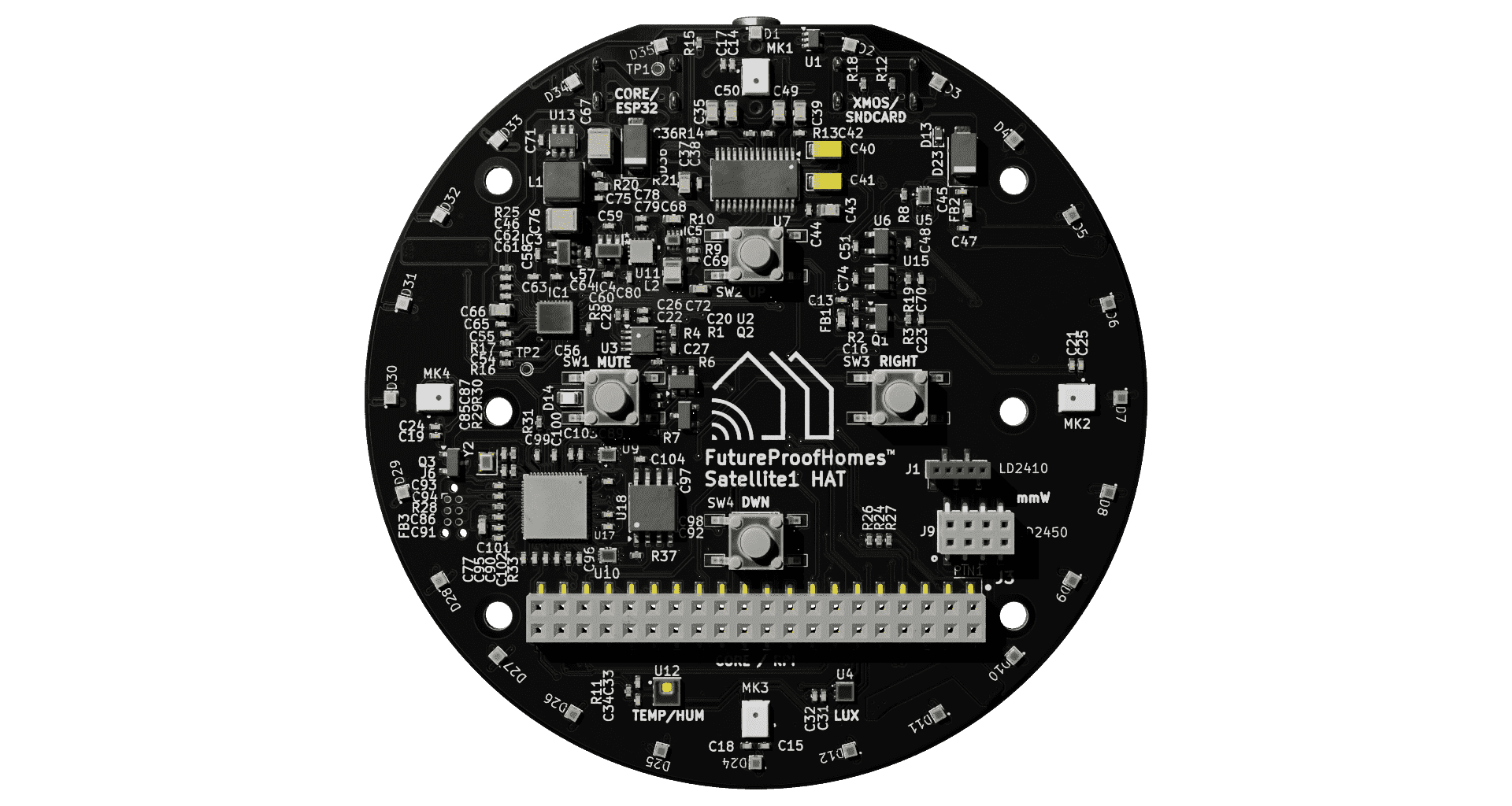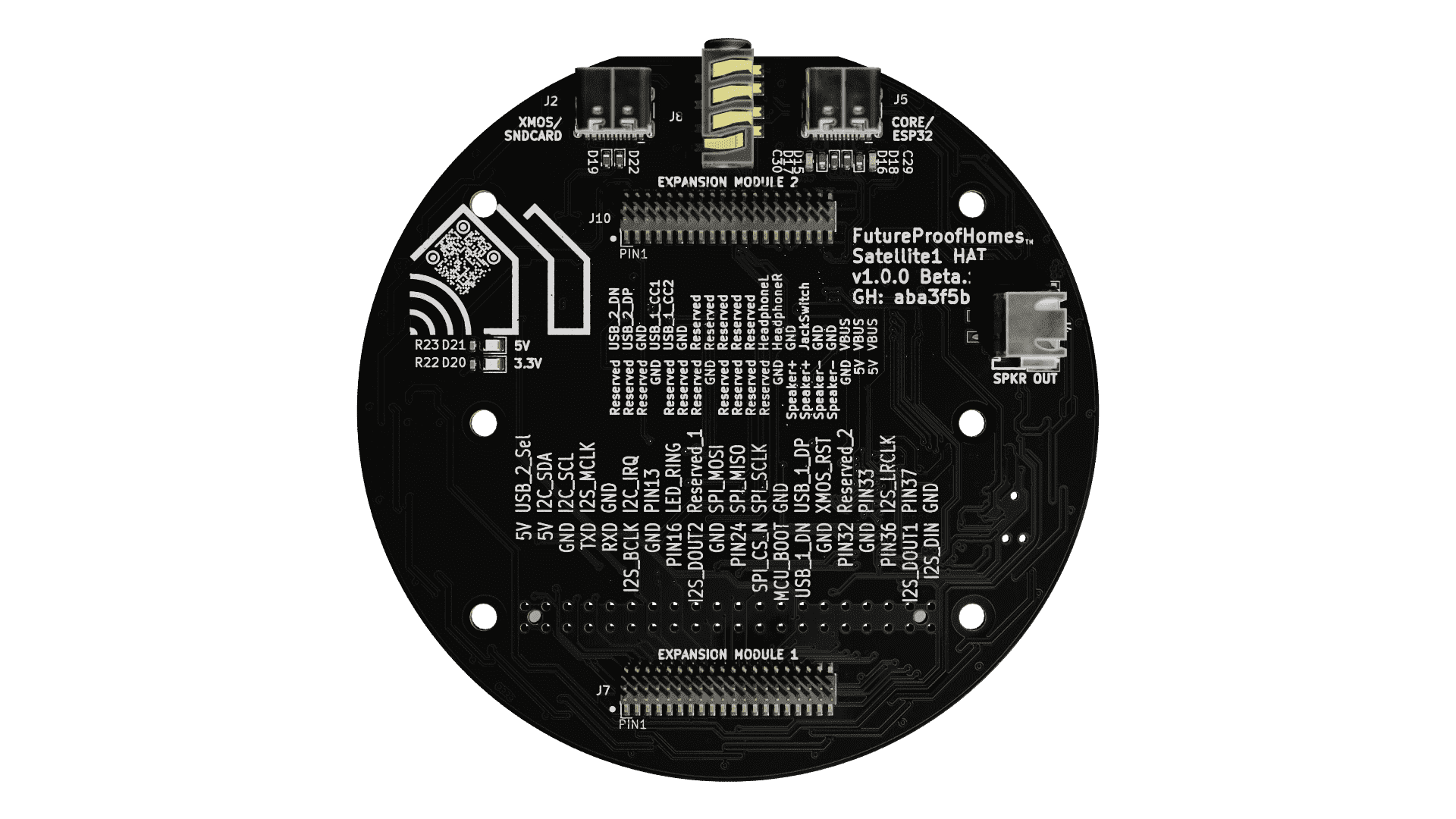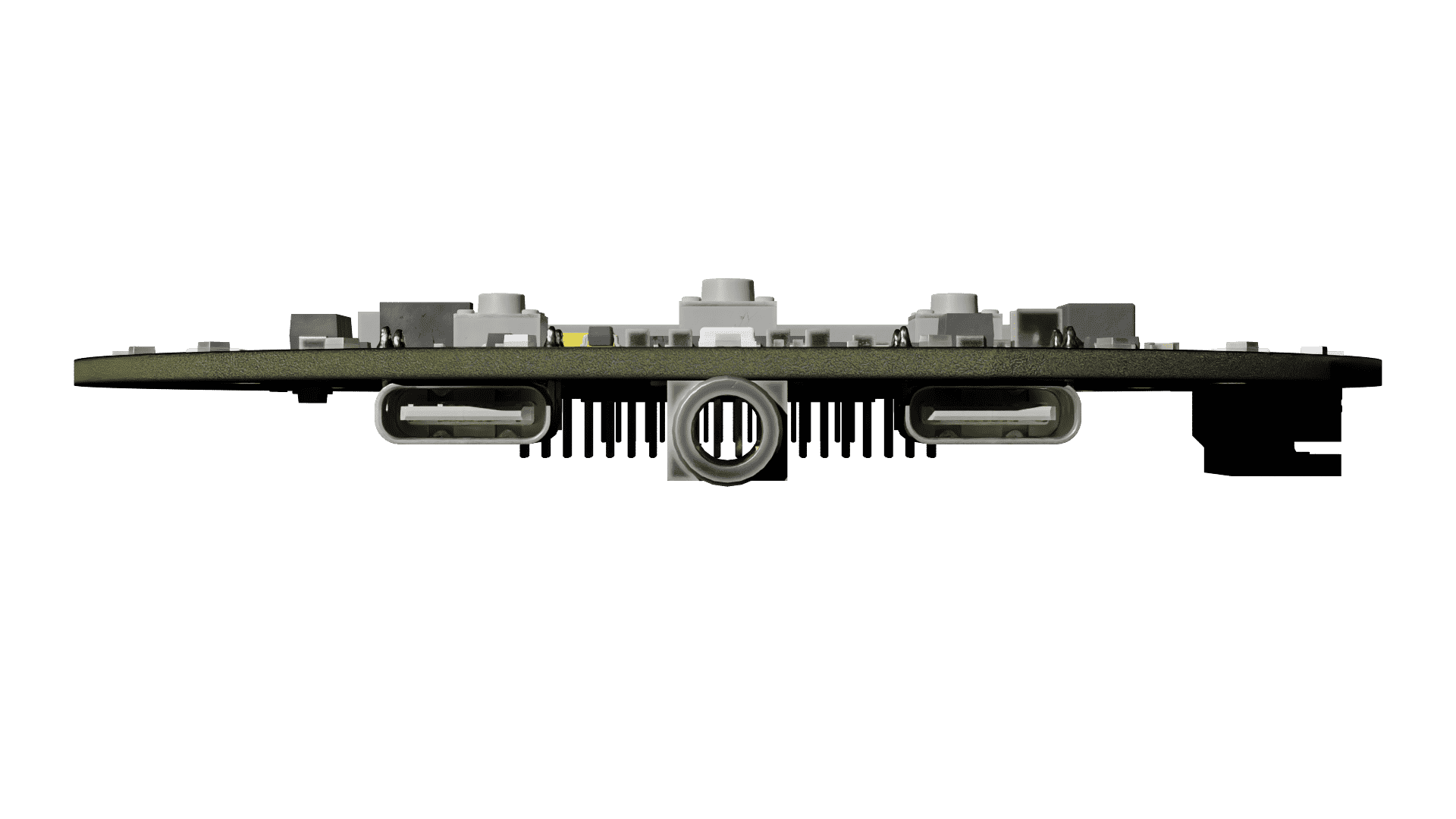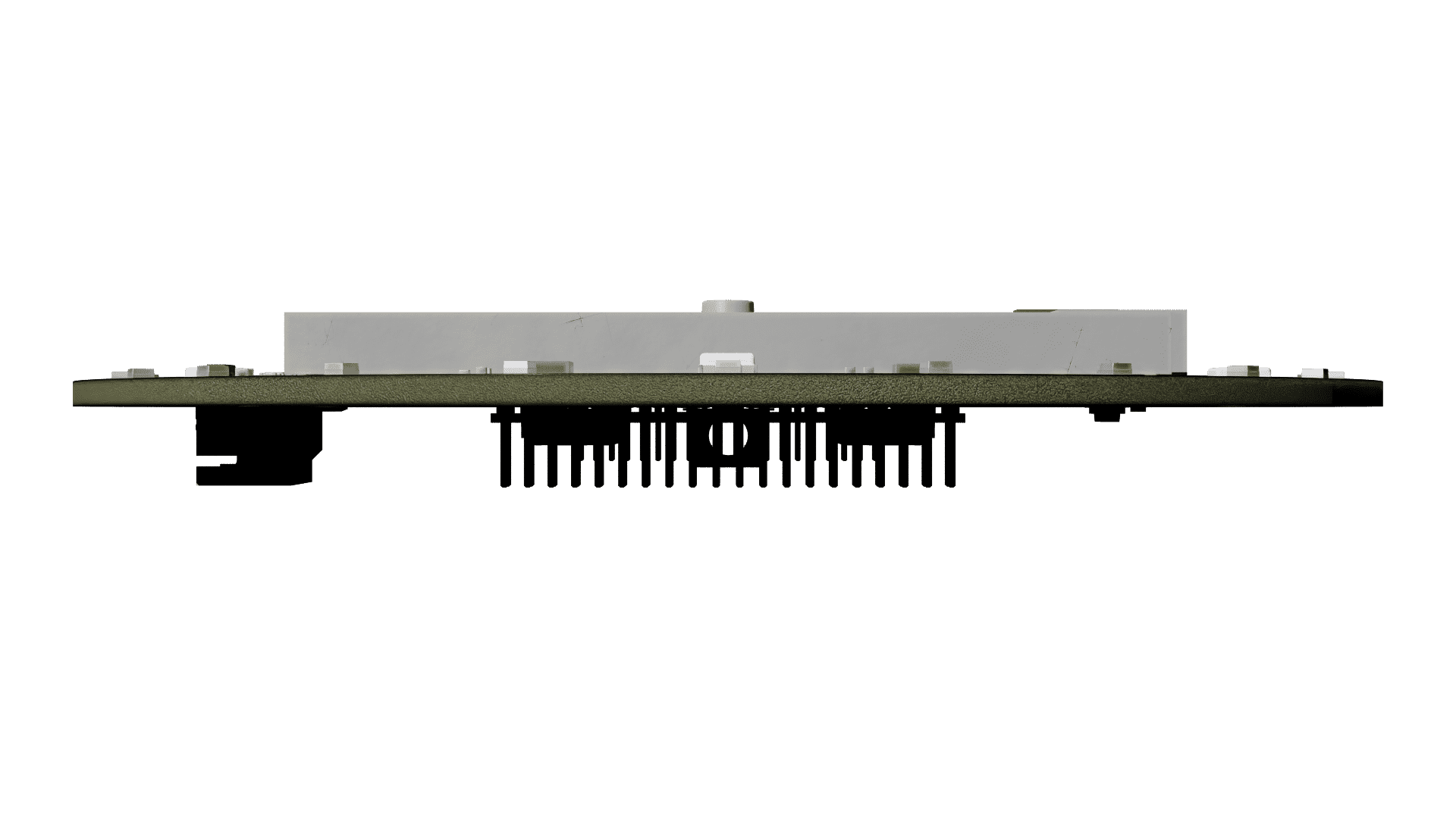Satellite1 HAT Board
Satellite1 HAT Board
In stock
Couldn't load pickup availability
The Satellite1 HAT Board is designed to seamlessly integrate with our Core Board, empowering you to create a world-class voice assistant. It features 4 high-performance microphones powered by an XMOS audio processing chip, enabling clear audio capture even in noisy environments. Additionally, the HAT boasts 4 programmable buttons, a headphone jack, and a robust 25W speaker amplifier. It even acts as a multi-sensor by measuring room temperature, humidity, luminosity, and presence when paired with a mmWave radar sensor.
Specifications
- Powerful Audio Processor: XMOS XU316 with 16-Core 32-Bit RISC running at 800 MHz. 3200MIPs
- Memory: 1024 KB SRAM, 8 MB Flash
- LEDs: 24x WS2812 programmable RGB LEDs
-
Microphones: 4x PDM MEMS microphones
-
Buttons: 4x Tactile buttons with one hardware controlled mute, for security
- Line level audio output: PCM5122
- 25W Mono speaker output: TAS2780
- USB Power delivery, up to 100W: FUSB302
- Ambient Light sensor: LTR-303ALS
- Temperature and Humidity sensor: AHT20
-
Millimeter Wave Radar Presence Detection: Attach your own LD2410 or LD2450
- Expandability: 40-pin GPIO connector, 2 USB Type-C ports, 80-pins quick connector for FutureProofHome accessories (more info coming soon).
-
Hardware owned by you. No vendor lock-in, or planned obsolescence.
- Power Requirements: The complete assembly requires up to 30W of power at maximum consumption, when using a 20-25W speaker. We recommend at least a 30W power supply, that can deliver 20V @ 1.5A or greater.
Bonus Functionality:
The Satellite1 HAT Board has the added benefit of being Raspberry Pi compliant via its 40-pin RPi-connector. You can event connect the Satellite1 HAT board directly to a Mac/PC to functions as a voice conferencing device and sound card. This versatility makes it a powerful choice for a wide range of voice assistant and audio applications!
Not Included in Packaging:
You must supply your own USB-C cable and power adapter, as well as your own mmWave radar sensor. See below the recommended accessories.
Regarding Timelines & Inventory:
- Batch #1 has been shipped to all customers as of Jan. 31st, 2025.
- Batch #2 will be ordered from the manufacturer in March. 2025, and we estimate orders will be shipped in April 2025. You should have received an email if your order falls in Batch #2.
- Batch #3 should begin shipping in June 2025!
Dimensions
Dimensions
When removed from packaging:
Width: 88 mm
Length: 88 mm
Height: 10 mm
Weight
Weight
When removed from packaging:
31 g
Share
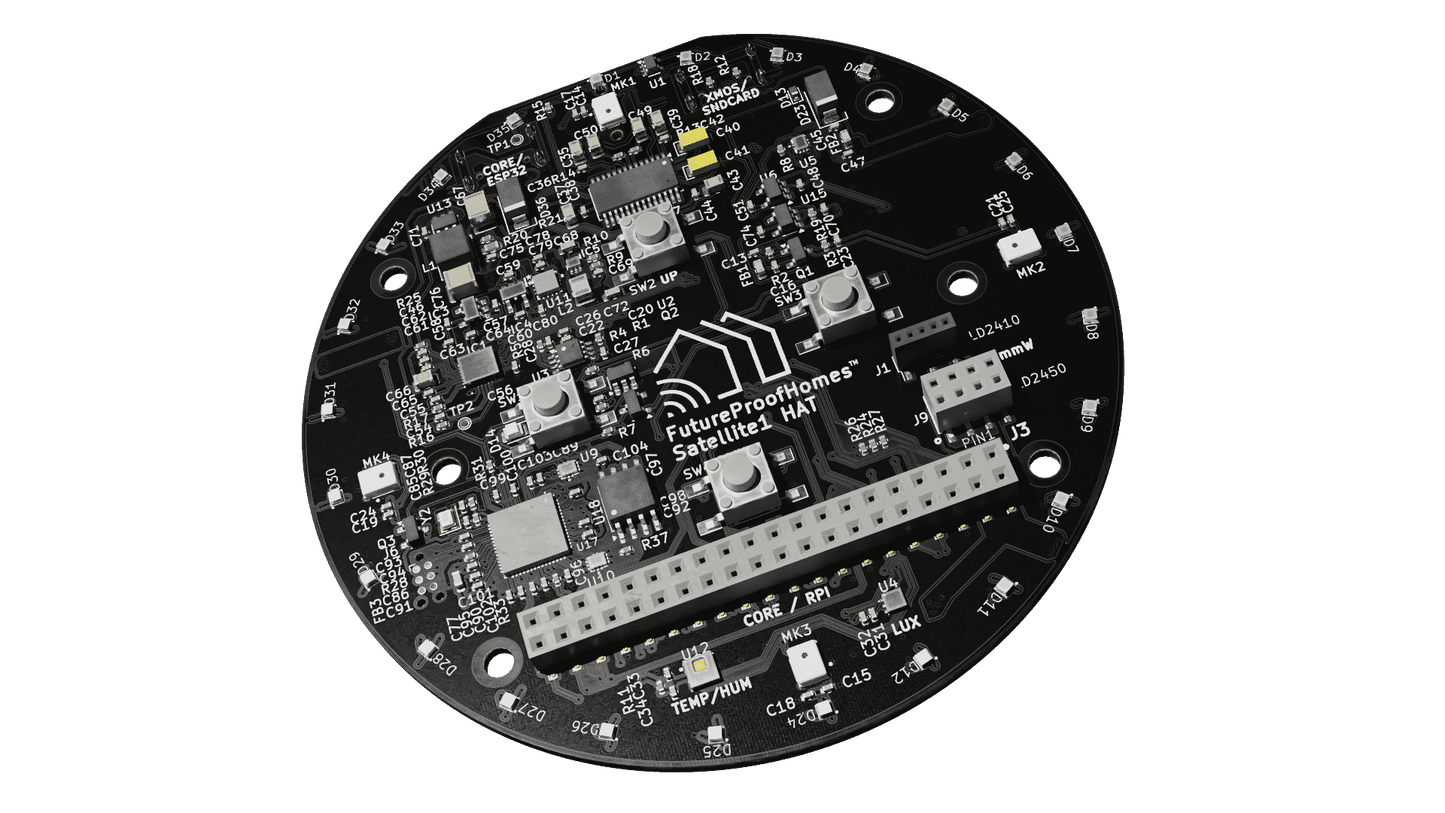
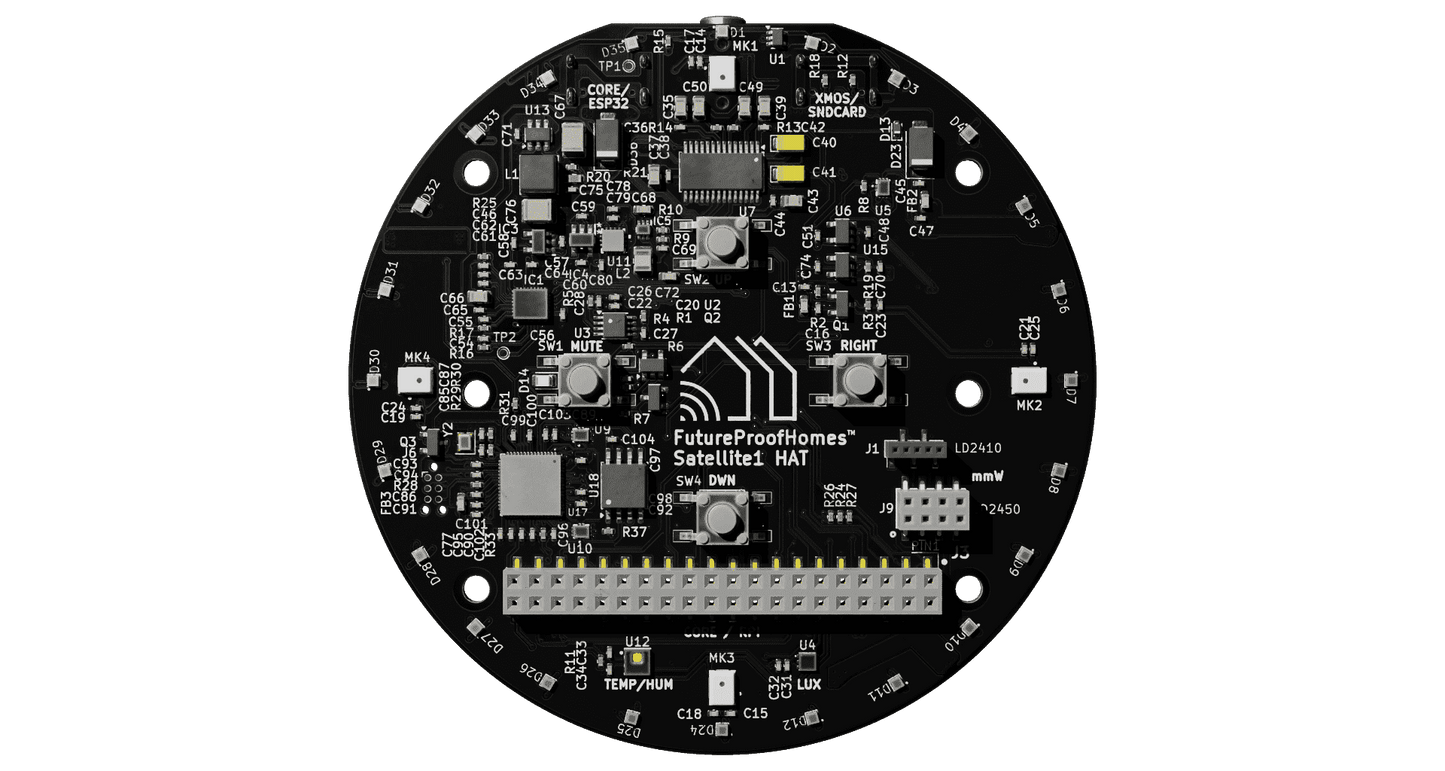
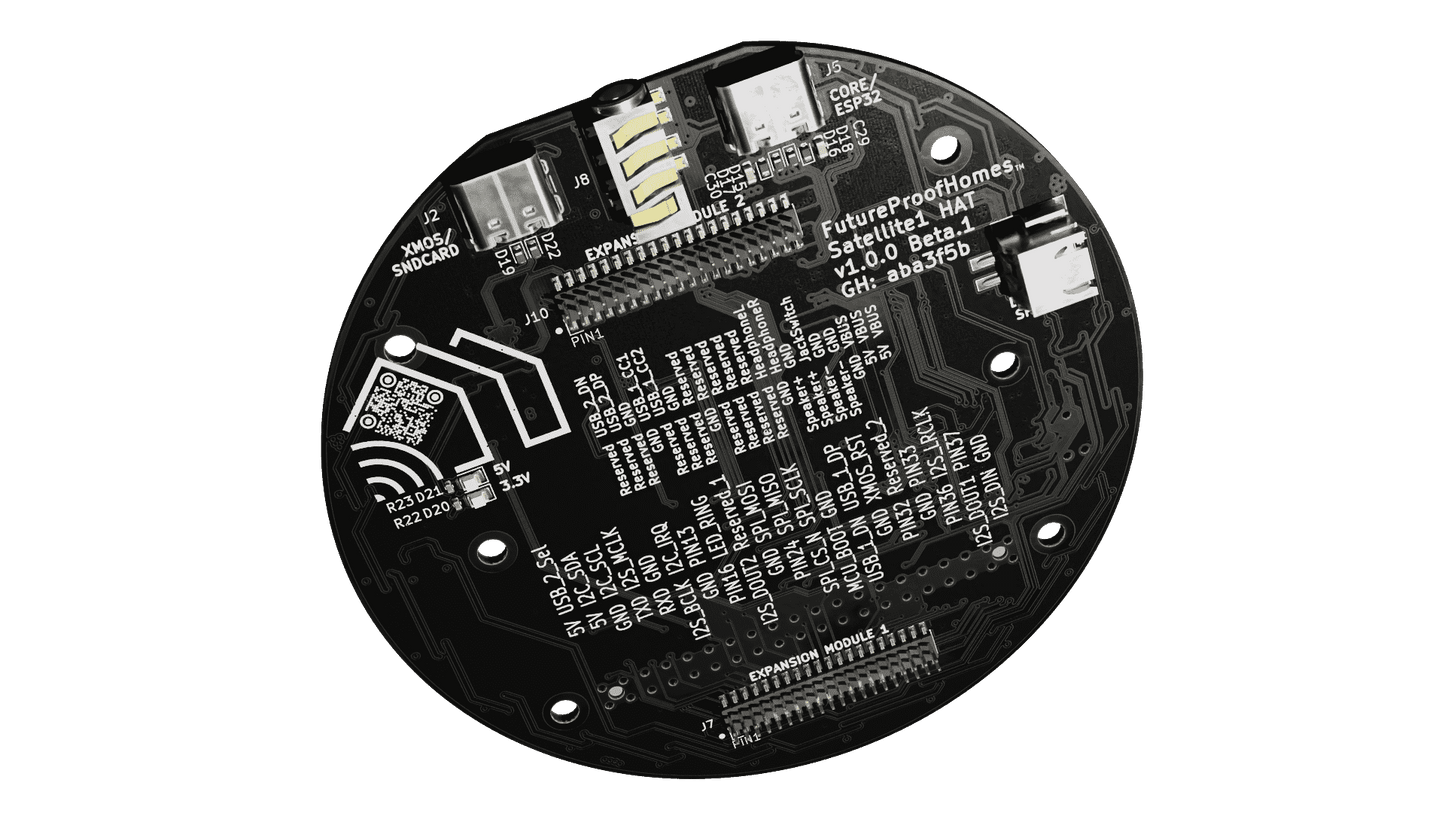

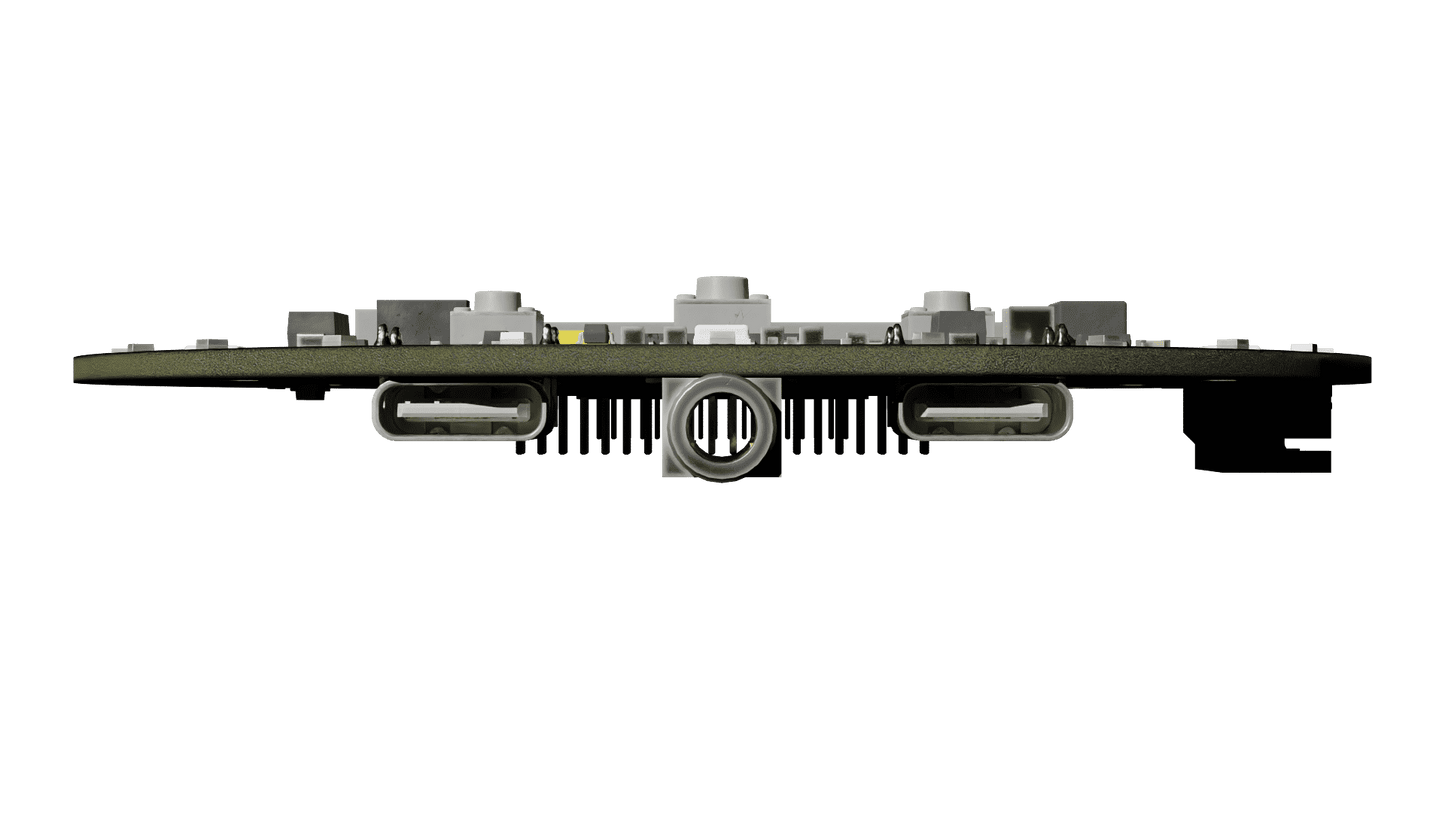
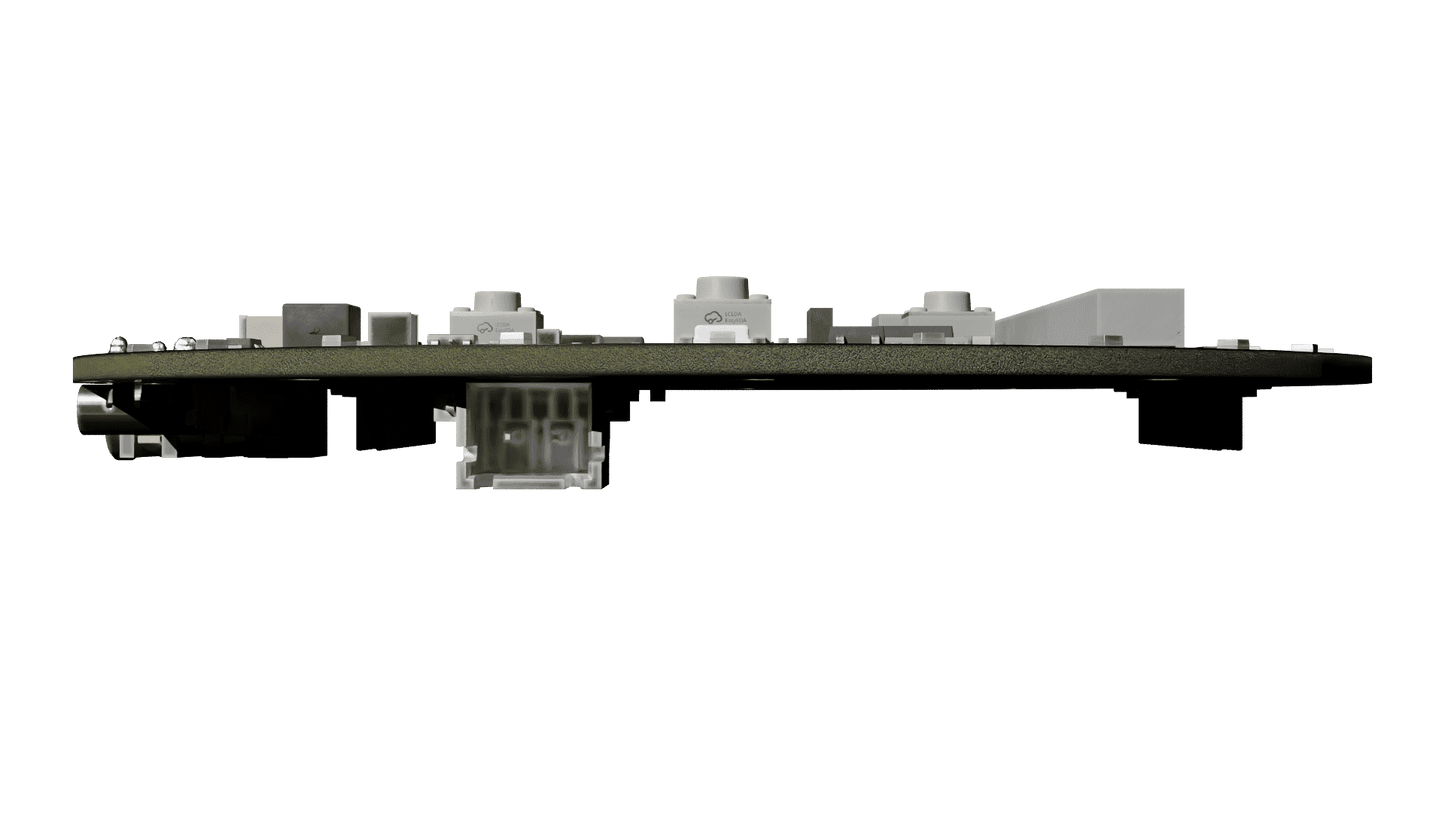
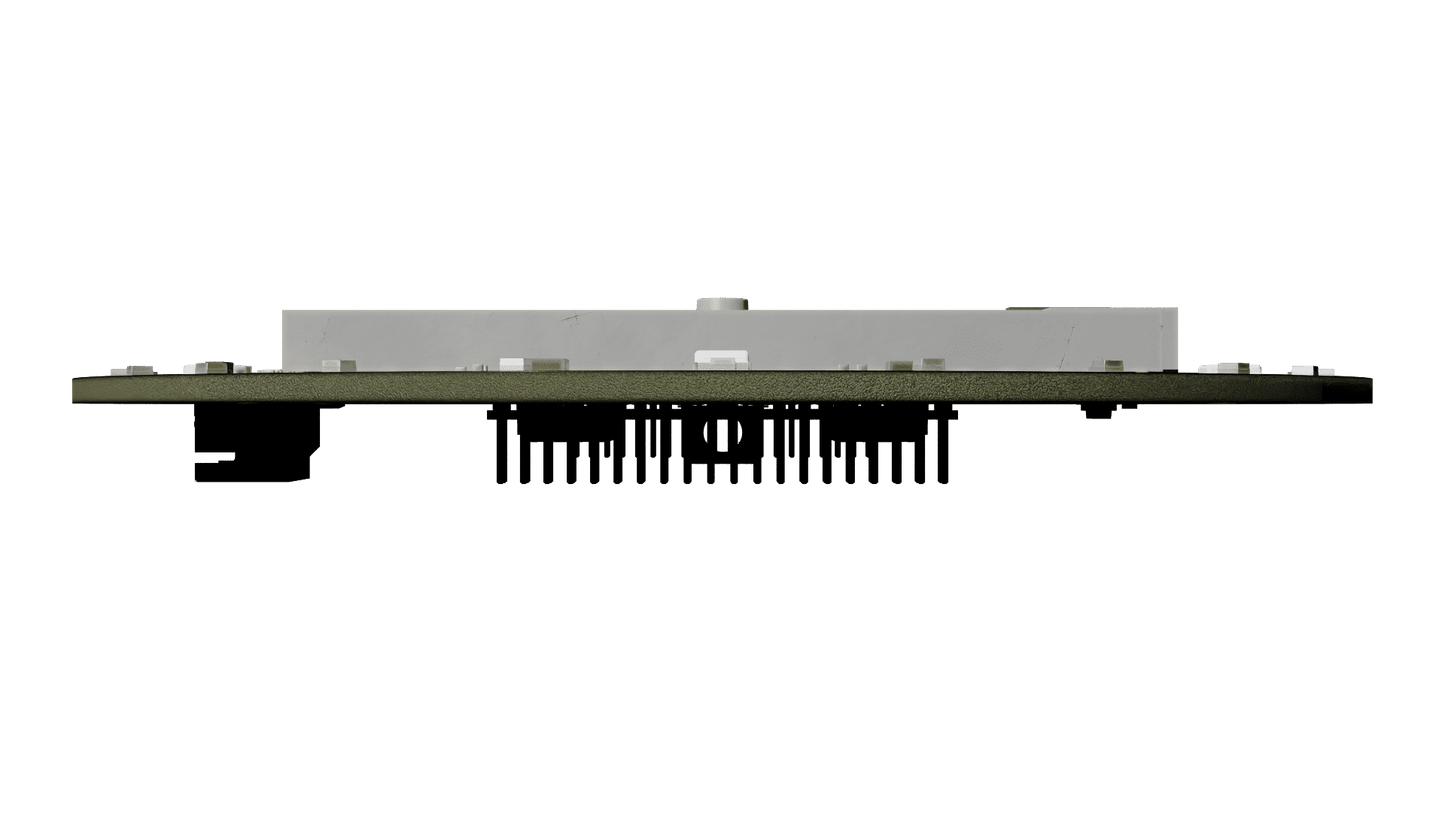
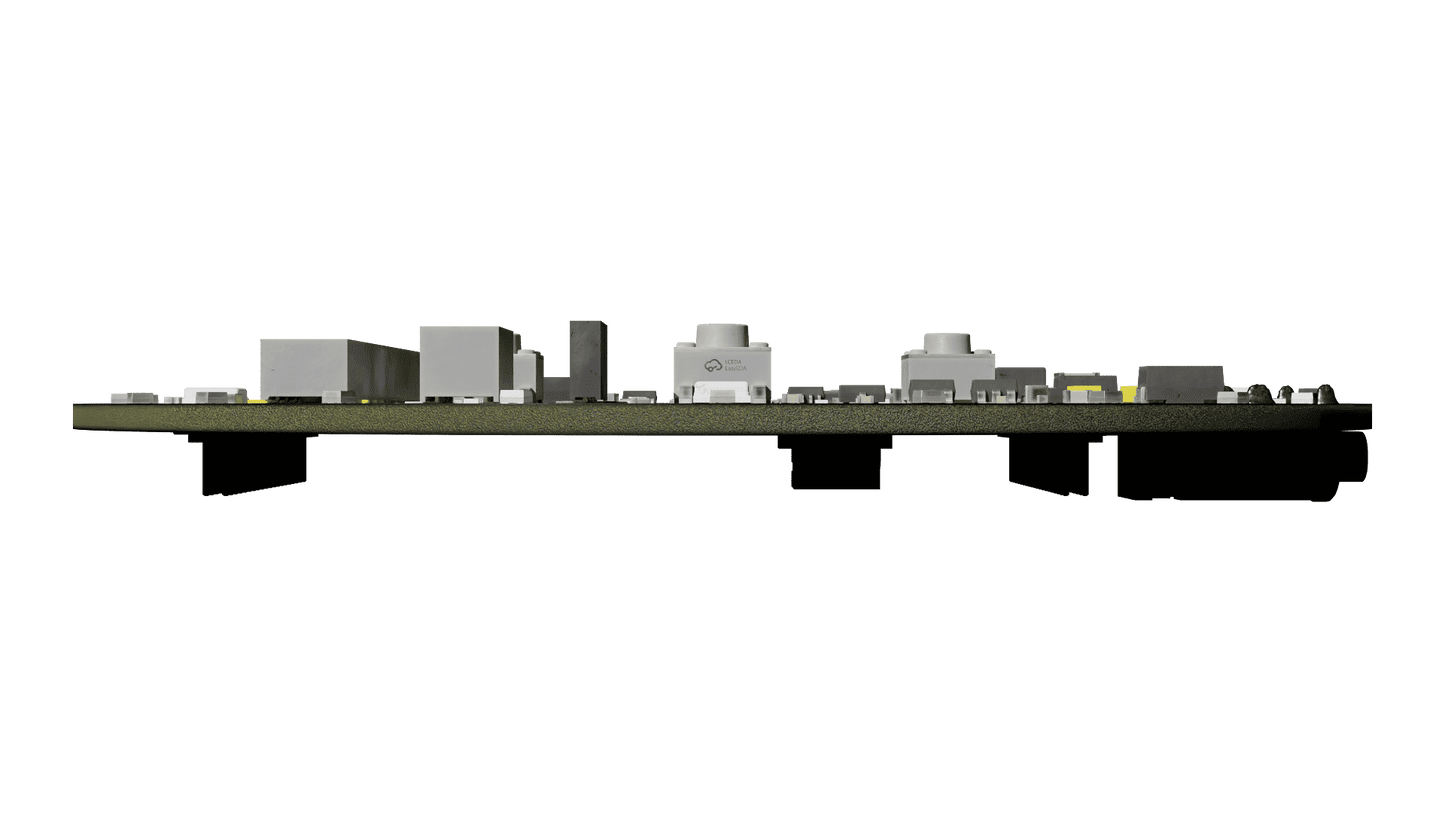
Build the Satellite1 Together
Very nice
great product and best support!
Sat 1 Dev kit arrived quickly and now installed and working great fitted inside the large enclosure. Looking forward to the expansion board and updated enclosure models so that I can mount the mmWave detector facing into the room.
Only downside I can see is that the other light and temp sensors are enclosed within the enclosure and therefore not very accurate as room monitors. As far as I can see there are no risers for those sensors like there are for the mmWave sensors
Top Produkt!
Einzig das Gehäuse sollte an den Verschraubungen mit Gewindeeinsätzen versehen werden. Die Probleme mit dem Mikrofon sind ja bekannt :)
Great project, great support on discord, will buy another

